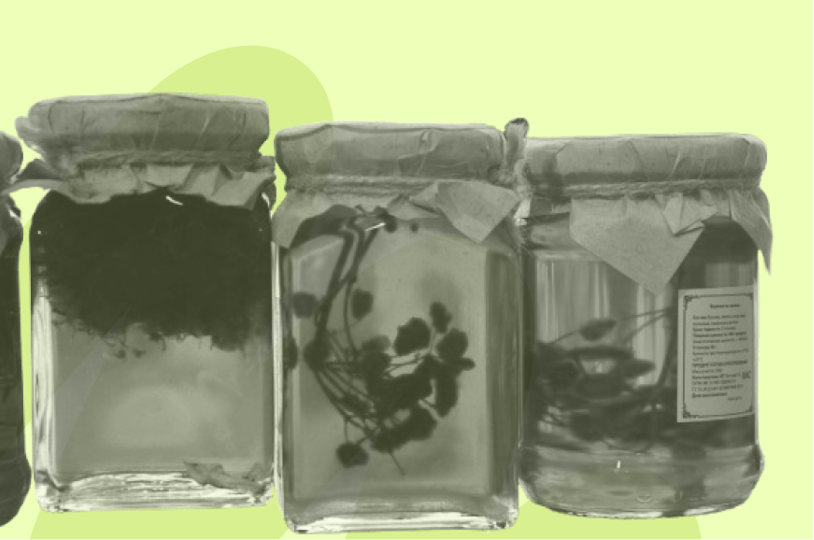
What is Upcycling?
In this article, we’ll explain what upcycling is, how it is different from recycling, the benefits of upcycling, and how you can start upcycling yourself at home.
Thank you for registering for the newsletter!
Add [email protected] to your contacts to get our newsletter directly to your inbox
The Life Cycle Assessment is a procedure for measuring the environmental impact of a product or service throughout its entire life cycle.
A life cycle assessment, also commonly referred to as an LCA, is the practice of determining the environmental impact of a product or service throughout all states of its life cycle – such as from when the material of the product is extracted, to when it hits the shelves of a store, and to when that product is thrown away by the user.
In addition to a carbon footprint report, the LCA framework provides a more comprehensive way of measuring the carbon footprint of goods and products. The LCA includes the whole scope of the product’s environmental impact, by measuring the total of:
The LCA is an important tool for assessing the entire scope of environmental damage caused by a product or service.
For more info, check out Greenly’s blog article on “How to conduct a useful life cycle assessment”
An LCA focuses on a cradle-to-grave analysis, aiming to look beyond the use of a product and understand the full scope of its impact from raw material source, manufacturing, use, and even disposal.
An LCA typically includes four main stages:
Example life cycle stages for a day-to-day product like a T-shirt:
LCAs are important as they can prove indispensable to businesses looking to identify “hotspots” of environmental impact, are interested in eco-design or making more sustainable choices, and want to engage in transparent reporting. In addition to this, LCAs can be used to back up environmental claims and avoid greenwashing.
Almost any kind of business could benefit from LCAs, such as manufacturers, product designers, policymakers, and sustainability consultants.
No, LCA can be used to determine the environmental impact of services too – such as a day trip to the spa or fixing the windshield wiper on your car. Several different services, processes, and even buildings can undergo an LCA.
LCA is different from a carbon footprint analysis as it considers a wide variety of environmental impacts, whereas carbon footprint usually only focus on GHG emissions.
Yes, it is becoming more common for consumers to be able to access LCA summaries in sustainability reports or product labels.
Yes, LCAs are standardized the same way that international standards like ISO 14040 and ISO 14044 are considered reputable and verified practices.

